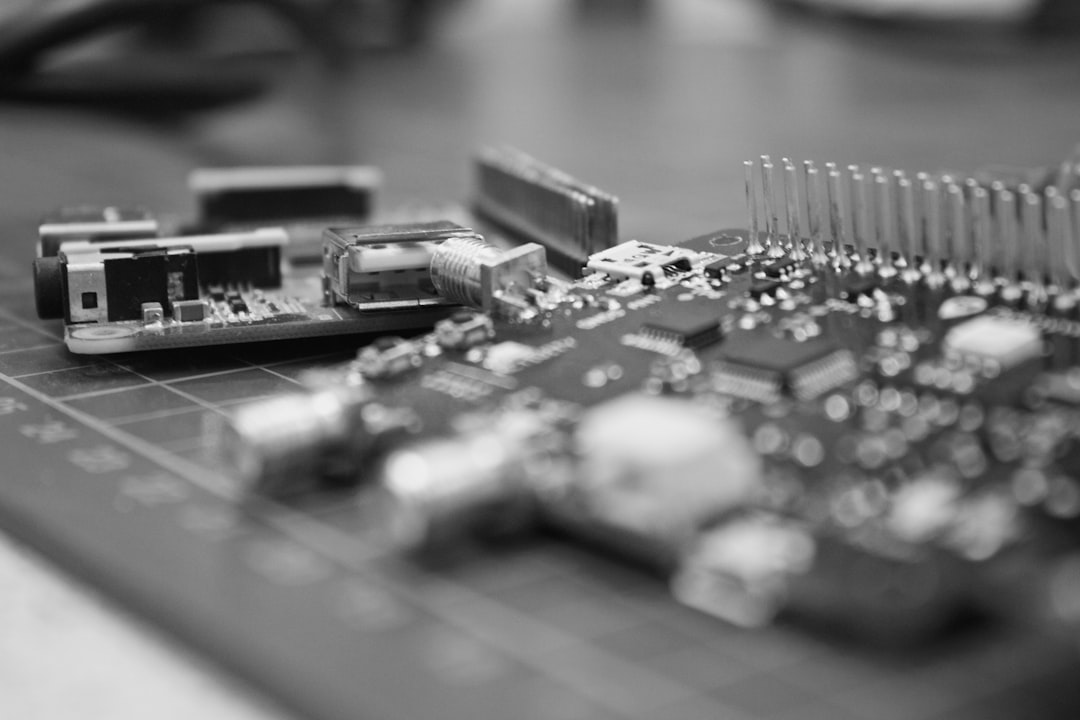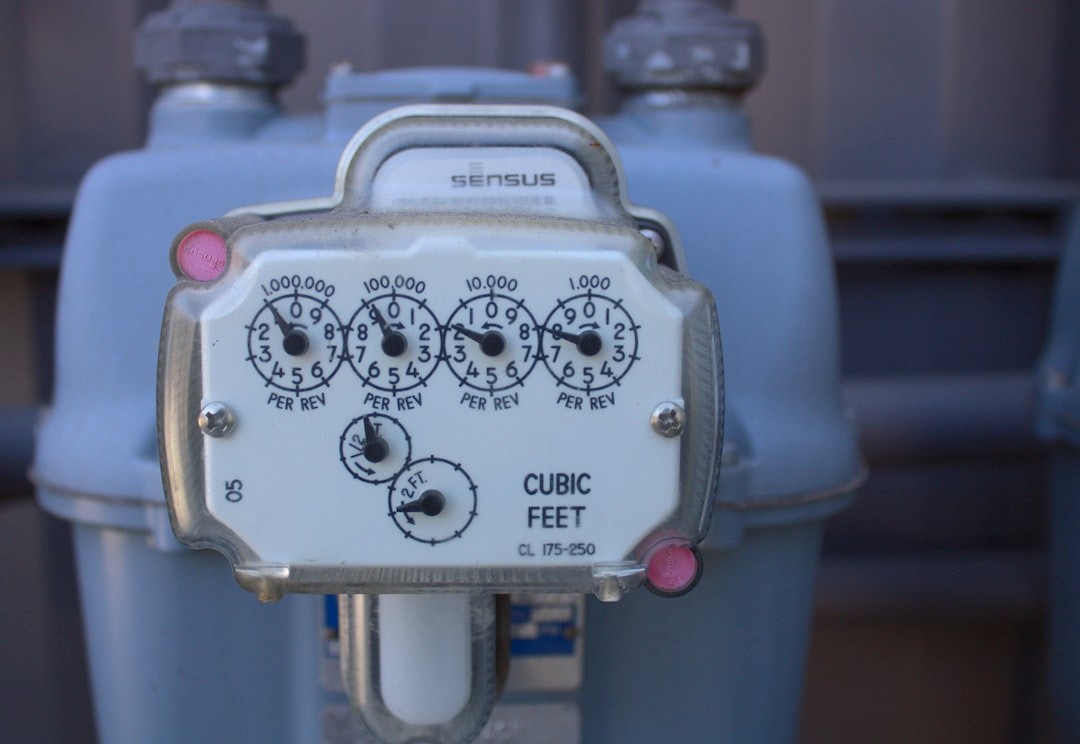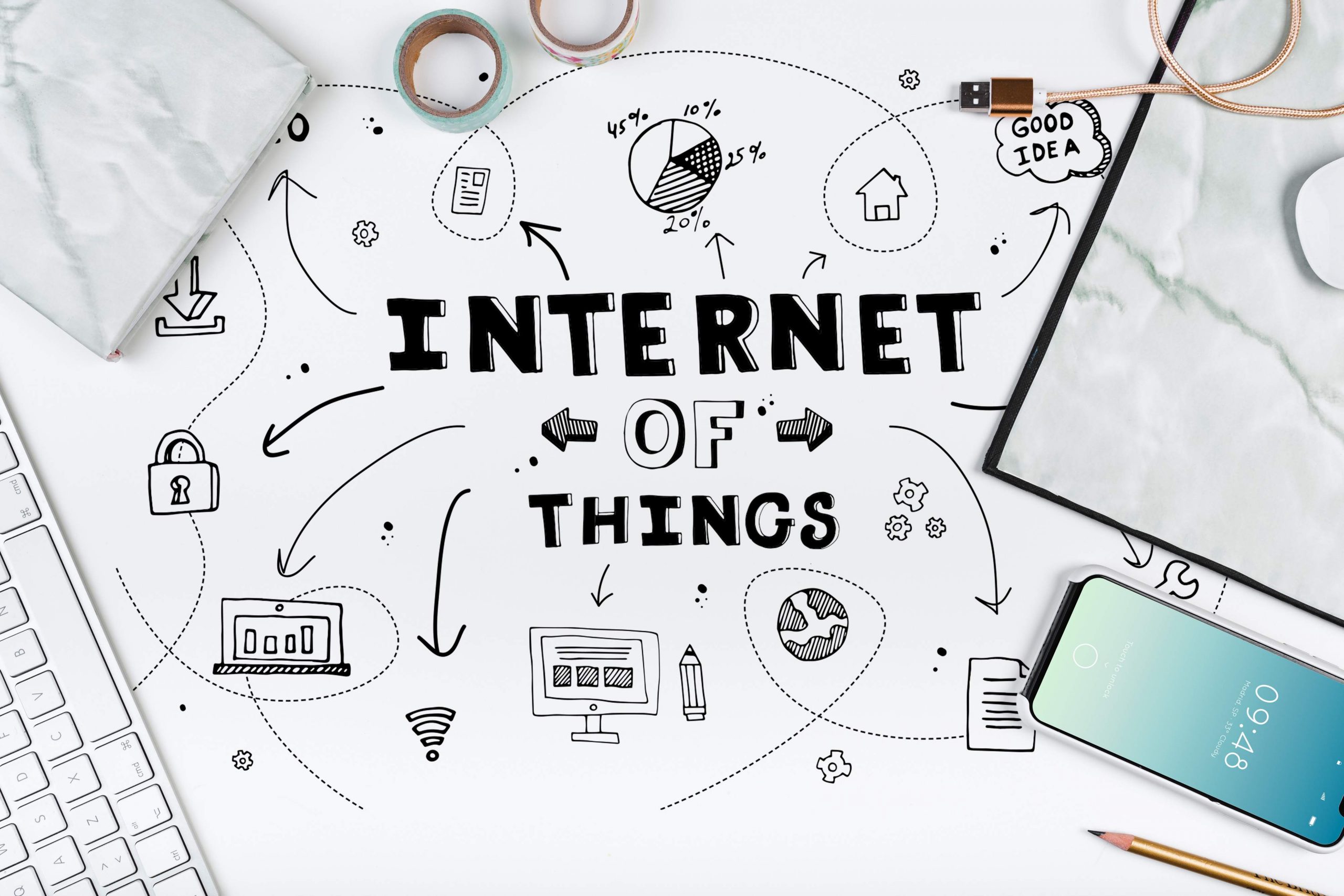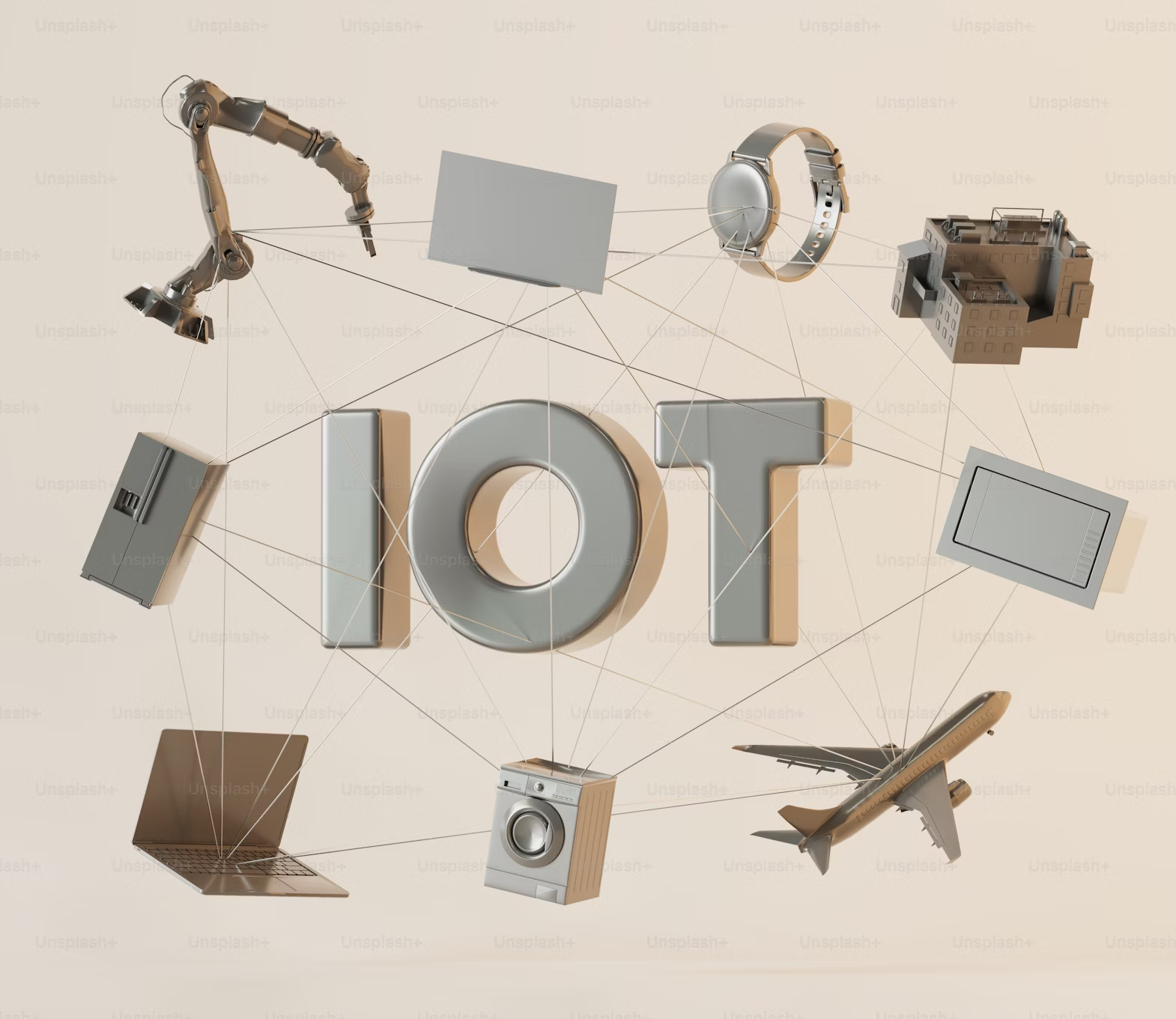7 Key Challenges in Connecting IoT Devices Over the Internet and How to Overcome Them
-
April 7, 2025
-
6 min read

The Internet of Things (IoT) has changed industries by enabling the interconnection of a vast array of devices, from simple sensors to complex industrial equipment. However, connecting these devices over the internet poses several challenges that must be addressed to ensure reliable, efficient, and secure communication.
In this article, we’ll explore the various methods of connecting IoT devices over the internet, including diversifying connectivity options, conducting regular network health checks, and implementing efficient power management. We’ll also delve into the challenges that come with IoT connectivity, such as bandwidth and data throughput limitations, compatibility issues, and security concerns.
Challenge 1: Bandwidth and Data Throughput
One of the primary challenges in connecting IoT devices over the internet is ensuring sufficient bandwidth and data throughput. IoT networks generate enormous volumes of data, which can strain existing infrastructure, leading to data processing malfunctions and delays. Moreover, physical limitations like machinery and walls can impede wireless IoT networks, reducing range and signal strength, and resulting in slow speeds and interrupted data flows.
To address this challenge:
- Assess your current and future bandwidth requirements based on the number of connected devices and expected data volumes.
- Implement scalable network infrastructure that can accommodate growing IoT data needs.
- Consider edge computing to process data closer to the source, reducing bandwidth strain.
Challenge 2: Compatibility Issues
The diverse nature of IoT protocols and devices poses significant compatibility challenges when connecting them over the internet. Different industries and use cases involve various protocols like Modbus, BACNET/IP, and PLCs, which can create isolated data silos. Additionally, machines and devices from different vendors can introduce compatibility issues, highlighting the need for a standardised connectivity environment.
To overcome compatibility challenges:
- Adopt industry-standard protocols and data formats to ensure interoperability among IoT devices.
- Implement middleware solutions that can translate between different protocols and enable seamless data exchange.
- Work with vendors who adhere to open standards and provide compatible devices and systems.
Challenge 3: Security Concerns
Security is paramount when connecting IoT devices over the internet due to potential vulnerabilities in these devices. Hackers can exploit weaknesses in wireless connections or exposed vectors to gain unauthorised access to IoT networks. Unsecured data transmission leaves sensitive information vulnerable to eavesdropping or tampering.
To address security concerns:
- Implement strong authentication protocols like OAuth2 and JWT to prevent unauthorised access.
- Use high-entropy encryption technologies such as AES 256 to protect data during transmission.
- Deploy network firewalls, secure gateways, and active monitoring to safeguard points of ingress and egress, reducing the attack surface.
- Regularly update IoT device firmware and patch known vulnerabilities.
Challenge 4: Power Management
Efficient power management is crucial for IoT devices, especially those deployed in remote or hard-to-reach locations. Ensuring sufficient battery life without frequent recharging or replacement is a significant challenge when connecting IoT devices over the internet.
To optimise power management:
- Adopt low-power technologies like LPWAN that use long-range and low-power radio signals to maintain reliable connectivity while minimising power consumption.
- Implement power management techniques such as sleep modes to reduce energy usage when devices are idle.
- Consider Power over Ethernet (PoE) to simultaneously transfer electrical power and data over a single Ethernet wire, simplifying device powering.
Challenge 5: Scalability
As the number of IoT devices connected over the internet grows rapidly, scalability becomes a critical challenge. IoT systems must be designed to accommodate an increasing number of devices and manage the resulting data flow effectively.
To ensure scalability:
- Adopt scalable architectures like cloud computing that can handle the growing number of IoT devices and data volumes.
- Implement efficient data management and storage solutions, such as distributed databases and data lakes, to process and analyse IoT data at scale.
- Use containerisation and microservices to build modular and scalable IoT applications.
Airtel IoT solutions provide a robust and scalable foundation to support this expansion. With advanced platforms like IoTHub and technologies such as 5G and NB-IoT, Airtel IoT Connectivity ensures seamless connectivity and efficient data management for a diverse range of applications.
Challenge 6: Reliability and Availability
Ensuring the reliability and availability of IoT systems is essential when connecting devices over the internet. IoT devices must remain functional and accessible even in the face of hardware or software failures, network disruptions, or adverse environmental conditions.
To improve reliability and availability:
- Implement redundant systems and failover mechanisms to ensure continuous operation in case of failures.
- Use load balancing and auto-scaling to distribute traffic and prevent overload.
- Conduct regular maintenance and health checks to proactively identify and resolve issues.
- Choose reliable connectivity solutions with robust SLAs and uptime guarantees.
Challenge 7: Data Privacy
Connecting IoT devices over the internet raises significant data privacy concerns. IoT devices collect and transmit vast amounts of personal and sensitive information, which must be protected from unauthorised access and misuse.
To address data privacy challenges:
- Implement strong data protection measures like encryption, access controls, and secure data storage.
- Adhere to data privacy regulations such as GDPR and ensure compliance with industry-specific standards.
- Provide transparency and user control over data collection, usage, and sharing.
- Regularly audit and assess privacy practices to identify and address potential risks.
Real-World Examples and Applications
Industrial Automation
In manufacturing, ensuring that software and firmware updates do not impact efficiency is critical. For example, using long-range communication technologies like radio and satcom in power utilities and offshore platforms helps in bringing data back to the control room efficiently.
Smart Cities
In smart city initiatives, diversifying connectivity options (e.g., using a combination of Wi-Fi, cellular, and LPWAN) can ensure consistent and reliable connectivity for various IoT devices over the internet, such as smart traffic lights, sensors, and surveillance cameras.
Conclusion
Connecting IoT devices over the internet presents various challenges, from bandwidth and compatibility issues to security and privacy concerns. By adopting effective methods like scalable architectures, secure protocols, and efficient power management, businesses can overcome these challenges and ensure reliable, efficient, and secure IoT connectivity.
When it comes to choosing a connectivity solution for your IoT deployment, Airtel IoT Connectivity offerings provide a comprehensive suite of services tailored to meet the unique needs of IoT applications. With Airtel Business’ reliable network infrastructure, advanced security features, and scalable solutions, you can confidently connect your IoT devices and unlock the full potential of the Internet of Things for your business.
 Share
Share









